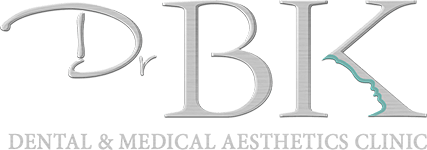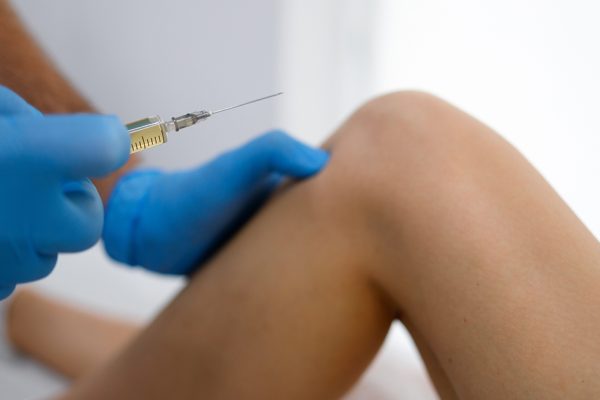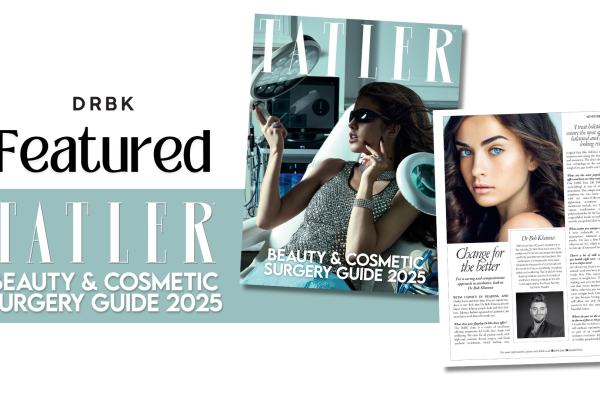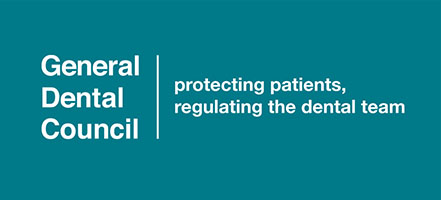iPixel Laser Skin Resurfacing
iPixel: Laser Skin Resurfacing
Revitalise your skin with iPixel; a cutting-edge skin-resurfacing treatment.
The iPixel laser is a new generation of fractional ablative lasers for skin resurfacing, available at our Medical Aesthetics Clinic in Reading.
This popular, highly-effective skin resurfacing treatment works by delivering controlled micro-injuries to the skin, triggering a natural healing response, dramatically altering the appearance of your skin.
It’s effective at helping to reduce the signs of ageing and significantly improving texture, tone, pore size and any marks, lesions or scarring you may have on your skin.
Perfect for all skin types, iPixel provides a customisable treatment that addresses your specific skin concerns, delivering glowing, youthful skin.
iPixel Pricing:
Full Face/Body Area:
Single session = £375
Course of 3 = £1012
Course of 6 = £1912
Small area (i.e. scars, keratosis, skin tag):
Single: £225
Course of 3: £607
Course of 6: £1147
The Benefits Of iPixel Skin Resurfacing:
Improve rough skin texture & uneven skin tone
The laser creates tiny thermal channels in the skin, removing damaged outer layers and encouraging new, healthy skin to form. This smooths rough texture and large pores and promotes a more even tone.
Reduce scars & acne scarring
By resurfacing the skin and stimulating collagen production, the laser helps to fill in atrophic (indented) scars and soften their appearance.
Reduce stretch marks
The laser breaks down old, damaged skin fibers and stimulates new collagen and elastin, which improves the texture and appearance of stretch marks.
Stimulate collagen and reduce wrinkles and fine lines
The fractional laser penetrates deep into the dermis, triggering fibroblast activity to regenerate collagen and elastin, leading to firmer, plumper skin.
Reduce hyperpigmentation and sun damage
By exfoliating the damaged outer layers and promoting new cell turnover, the laser helps to fade pigmentation, sunspots, and discolouration.
Target skin tags and keratosis
The iPixel laser effectively targets benign growths like skin tags and seborrheic keratosis. It removes these growths safely by breaking them down through controlled laser energy, promoting smoother, clearer skin.
How does iPixel Skin Resurfacing work?
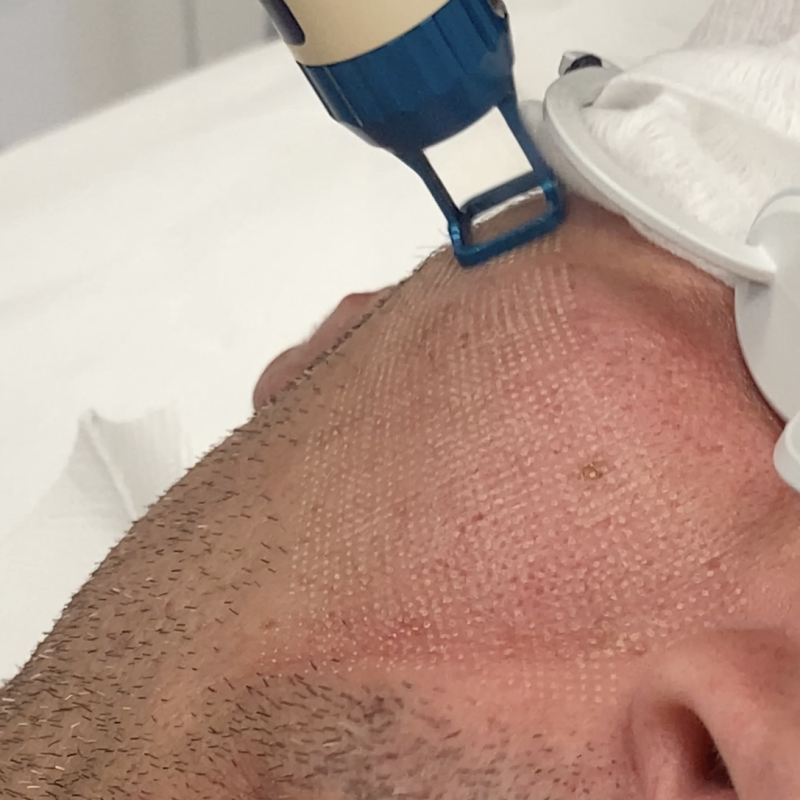
The iPixel laser resurfaces your skin by removing the top layer of old, damaged skin cells and allowing the healthy new skin below to come to the surface!
It works by targeting the superficial upper layer of the skin with a fractional ablative laser. Unlike traditional ablative lasers (such as CO2 and erbium lasers) that remove the entire top layer of skin, iPixel’s fractional ablative laser treats only specific zones, creating tiny, pixel-like perforations while leaving surrounding skin intact. This helps reduce downtime.
By creating microscopic perforations on the surface of the skin, the body’s natural healing process is triggered and the micro-injury sites begin healing. As your collagen remodels, scars and pigment will begin to fade whilst texture starts to improve with healthier/smoother supporting skin tissue.
Before & after photos
FAQs about iPixel Skin Resurfacing
What areas can be treated with the iPixel laser?
iPixel laser treatment is used for various skin concerns, including acne scars, fine lines, wrinkles, pigmentation, large pores, and rough skin texture, and can be used on the face, neck, décolletage, and hands, as well as other areas of the body.
Common Areas Treated:
- Face: Fine lines, wrinkles, acne scars, pigmentation, enlarged pores, and rough skin texture.
- Neck and Décolletage: Can help improve skin texture and tone in these areas.
- Hands: Can address age spots, sun damage, and improve overall skin appearance.
- Body: Can be used to treat scarring or stretch marks on other parts of the body
Is the iPixel treatment painful?
You might feel slight discomfort having iPixel treatment compared to our other laser treatments, but the utmost care will be taken to make sure you are comfortable at all times and a topical anaesthetic can be applied.
The treatment of deeper scars may produce slightly more discomfort, but we use a cooling device to help to manage this and minimise any possible discomfort.
Who is iPixel Skin Resurfacing suitable for?
Laser skin resurfacing is suitable for individuals who are looking to improve the appearance of their skin and/or address specific concerns such as:
• Fine lines and wrinkles: Especially around the eyes, mouth, or forehead.
• Acne scars: For those with acne scars that haven’t responded to other treatments.
• Stretch marks: For those looking to reduce the appearance of stretch marks
• Sun damage: Including sunspots, uneven skin tone, and rough texture caused by prolonged sun exposure.
• Hyperpigmentation or age spots: People with skin discolouration or dark spots.
• Sagging skin or loss of elasticity: To tighten and improve the skin’s overall texture.
• Enlarged pores: For those looking to reduce pore size and achieve a smoother complexion.
However, individuals with certain skin types, active acne, or other medical conditions may need alternative treatments, so it’s essential to consult with a qualified professional to determine if laser skin resurfacing is appropriate for your skin type and concerns.
How many treatment sessions will I need?
You will notice improvement after the first session. However we usually recommend a programme of anywhere between 1 to 6 treatments (at intervals of 4 weeks) but this varies according to your skin's condition.
During your consultation, we will discuss the sessions you will need and any issues or concerns about the procedure.
How long until I see results?
Your skin will look better a few days after the treatment, with the results steadily improving over the following few months.
For optimal results, after your initial course of treatment we recommend a top-up, maintenance session every 6 to 12 months.
Are there any side effects from the iPixel treatment?
There are few (if any) reported mild side effects such as:
Immediately after treatment, there may be heat of moderate intensity , followed by redness and mild swelling at the treatment area. This may feel like a mild sunburn. This will subside within a few days.
What can I expect from the iPixel recovery period?
Unlike traditional ablative lasers that remove the entire top layer of skin, the fractional nature of iPixel allows for faster healing and less downtime compared to traditional ablative laser treatments such as CO2 lasers.
Downtime can vary from person to person but normally it can take up to seven days to fully recover.
What to expect following treatment:
Day of/day after treatment: Redness and sunburnt feeling. Slight swelling.
Days 2-5: Mild swelling. Skin may start peeling/flaking.
Days 5-7: Skin peeling/flaking.
Day 7-10: Full recovery.
Days 10-14: Back to work.
What is the aftercare?
It’s important to keep your skin moisturised in the seven days after treatment.
We will discuss with you which moisturisers will be most effective for use on treated skin.
What's the difference between the iPixel and CO2 laser treatments?
Fractional laser:
CO2 lasers are ablative, meaning they remove the outer layers of skin, but the iPixel is a fractional ablative laser, meaning it creates tiny micro-injuries within the surface layer of the skin, leading to faster healing and less downtime compared to CO2 lasers.
Lower risk of post-trauma pigmentation:
The iPixel laser has a markedly lower risk of creating post-trauma pigmentation, comparatively to ablative lasers like CO2.
Which DrBK Clinic can I have this treatment?
This treatment is available at our main DrBK Clinic in Reading (Queens Road, Reading RG1 4DA).
